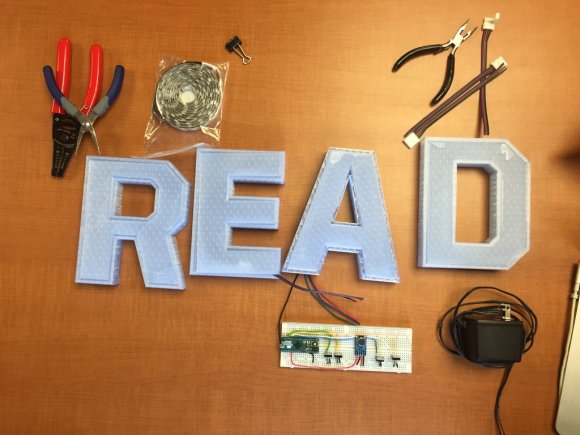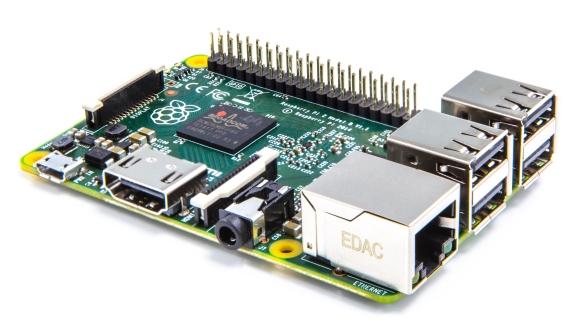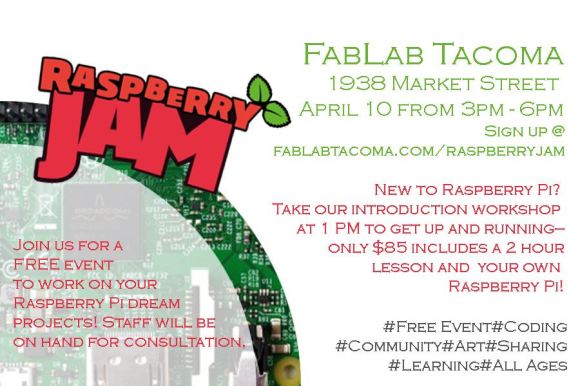Over the past two years, our library has taken a prominent role in helping to develop our 9th Grade Humanities curriculum. The course itself is fairly traditional: we close read literary and informational texts for themes and concepts. We write argumentative paragraphs and essays. We perform research on historical events. We develop the skills necessary to excel in the study of history and literature. We even complete a few group projects, too.
Yet, we’re iterating Humanities into a interdisciplinary study of literature and history that supports individuals in skill development while situating learners into real world challenges that ask them to put their growing body of knowledge and ability at the service of our greater community.
If you tailed off, spun out, or otherwise crashed somewhere in the crags of that sentence, you’re not to blame. We’re building quite a bit into this course, and each component shows commitment towards creating learning experiences that fully embody our mission.
After all, what steers our institution should drive the learning we undertake with our students, too:

The course still needs to mature to more realize and measure the ideals, yet here’s a rundown of our progress thus far.
Individualization: Content & Skill
Our approach to course content with aspirations towards individualization? Balanced. We believe in the necessity of discussing, analyzing, and developing ideas within a safe intellectual community, so our students share texts such as Khaled Hosseini’s A Thousand Splendid Suns. Yet, we’ll use such texts as launchpads for individual explorations: we’ll create annotated bibliographies (and, eventually research essays) on topics and questions of individual interest that we unearthed while exploring the texts. While such inquiries are highly individualized, they emerge from a collective experience, and the skills we cultivate challenge each student to become even more effective literary scholars and historians.
Our individualization continues to emerge within the realm of assessment, as well. We collect and distribute data sets from our assessments to showcase individual learning accomplishment and also target areas for growth in future units, lessons, and tutorials.
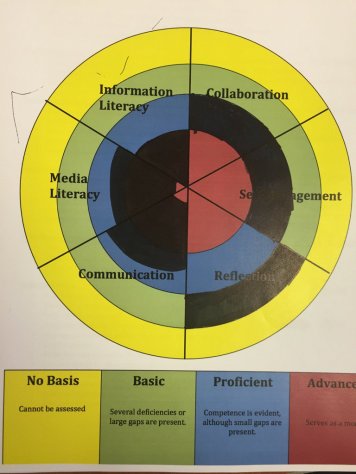
The learning target students receive at the end of each project. This model is inspired by Mike Gwaltney, a history department chair at Oregon Episcopal School and one of the leading experts on project-based learning.
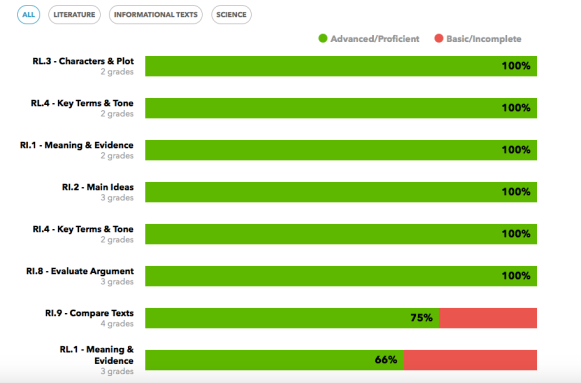
The data we collect on each learner’s ability to comprehend and process texts, using the digital reading platform, ActivelyLearn.

A bar graph displaying a student’s performance on a short oral presentation from last week. We’ll use these forms to create goals for another short oral presentation we’ll complete this week, and we’ll track the changes as we go.
We are using our data sets to provide detailed feedback to learners so they can create very targeted goals, developing individualized action plans for students who want to improve and extend their abilities. As our system solidifies, we want to empower each student to articulate their strengths and weaknesses, and we want each student to carry a personal toolkit for becoming even more effective scholars and performers.
Knowledge: A Conceptual Approach
As a learning environment that supports the principles and aspirations of International Baccalaureate programmes,, we forefront conceptual understanding ahead of any particular topic, issue, or text. We want our students to transition from one historical event or literary text to another equipped with frameworks to question, understand, and build knowledge.
Currently, our unit focuses on investigating how varying how varying perspectives and identities create conflict within the communities, and what factors influence the resolutions of such conflicts.
We look into the Abolitionist, Suffrage, and Civil Rights Movements. We unearthed the parallels between the the “Declaration of Independence” and the Seneca Falls Convention’s “Declaration of Rights and Grievances.” We investigated the rhetorical structure of Sojourner Truth’s “Ain’t I a Woman,” and we dived into the rhetorical strategy of Martin Luther King, Jr.’s “I Have a Dream” speech.
We also read Sue Monk Kidd’s Secret Life of Bees to see how our considerations of race and gender intersect.
Even though we leap through space and time, these concepts are the threads that sew our understanding together.
Creativity & Citizenship
But our learning doesn’t stop with developing skill and understanding.
Instead, we want our students to see how they can set their knowledge towards the service of something–to put their knowledge into action.
A focal point of each unit of study in Humanities is a community focused action project.
For our unit on identities and perspectives, we are collaborating with Tacoma’s Reconciliation Project Foundation, as the 1885 expulsion of 600 Chinese workers from their residences on the Tacoma waterfront has been a human rights violation of local significance, and the city’s relatively recent actions to reconcile that event is perfect fodder to continue our investigation of communities, perspectives, and identities.
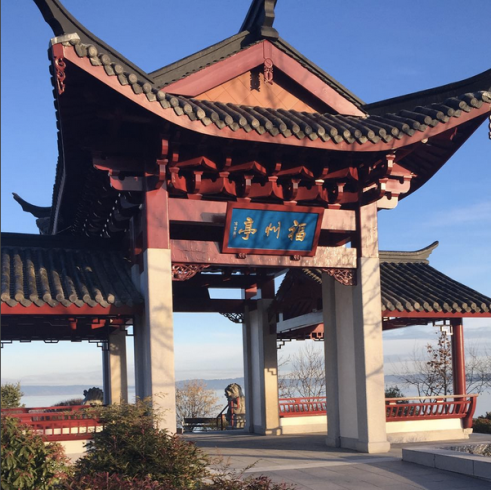
On a recent visit to Chinese Reconciliation Park, we took photographs of aspects of the park that embody the foundation’s values. Here is a photograph of the Fuzhou Ting for the value, ‘inclusion.’
Currently, we’re mid-project. Our class has listened to board members from the Reconciliation Project Foundation who have presented on their aspirations for the project. We have toured the nearby Chinese Reconciliation Park. We have used these experiences to discern the values the foundation is striving to build within our community. Such activities have deepened our close reading abilities. After all, one should analyze a presentation or a space just as one analyzes a poem or a story.
We have created Opportunity Statements to recommend which values we feel should be amplified, and we have written Historical Studies to showcase how these values are embedded in the concepts and events surrounding the Chinese Expulsion.
We have also employed a toolkit of ideation methods, from the Impact-Effort Matrix to the NUF Test to develop plans to help the Foundation amplify the values we see the foundation aspiring to achieve.
In the coming two weeks, we will pitch both our understanding and ideas to foundation members. The feedback we’ll receive will be used to iterate our plans, and we will eventually create full-on presentations, some of which will be given to the entire board of trustees during their May meeting.
In future posts, we’ll showcase a few in progress or unrealized goals for the course as well as investigate why the library team is so involved. But for now, we’re excited to report some of the strong steps we’ve made towards transitioning our 9th Grade Humanities class into an even greater realization of Annie Wright’s mission, and we’re searching for even more opportunity to amplify how we individualize learner interest and growth while building a body of knowledge that is then employed to engage and impact our wider community.

